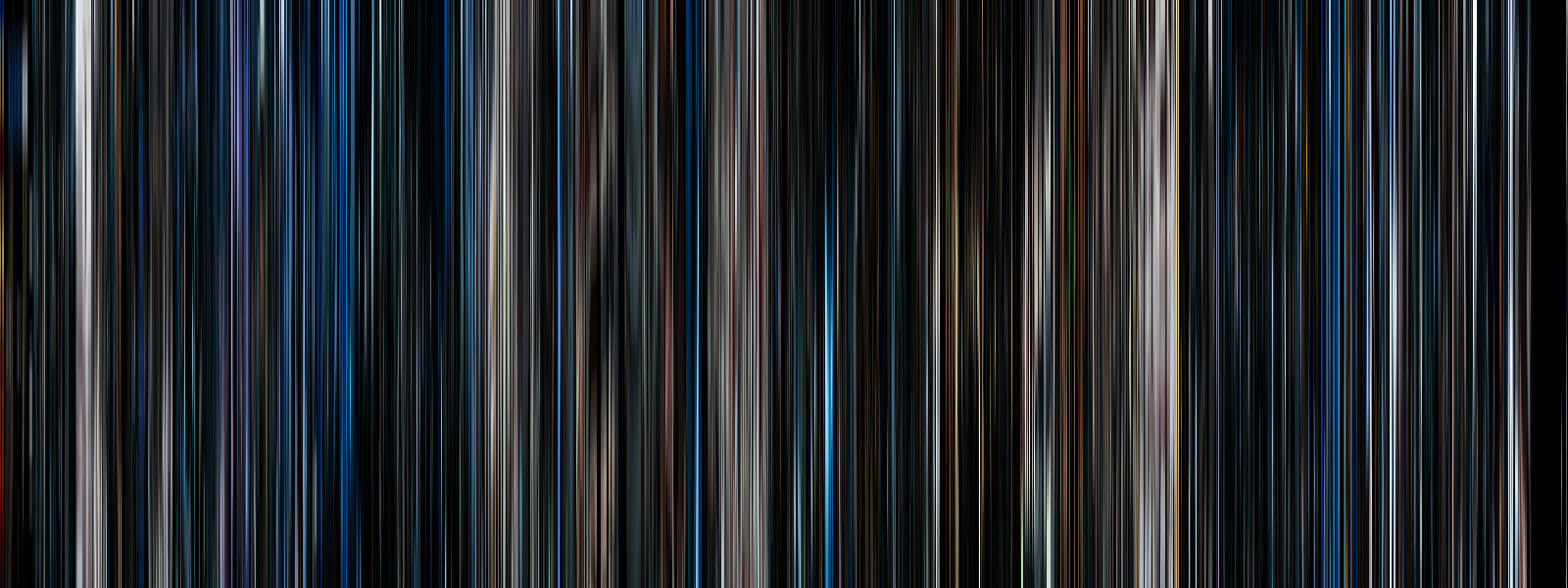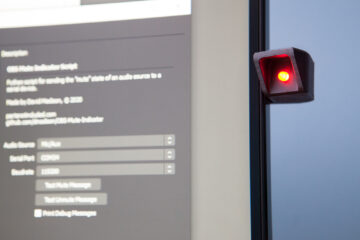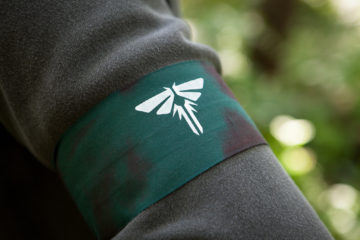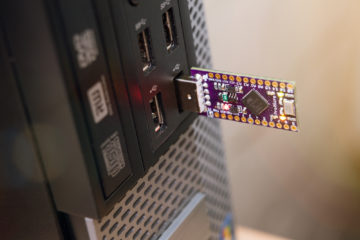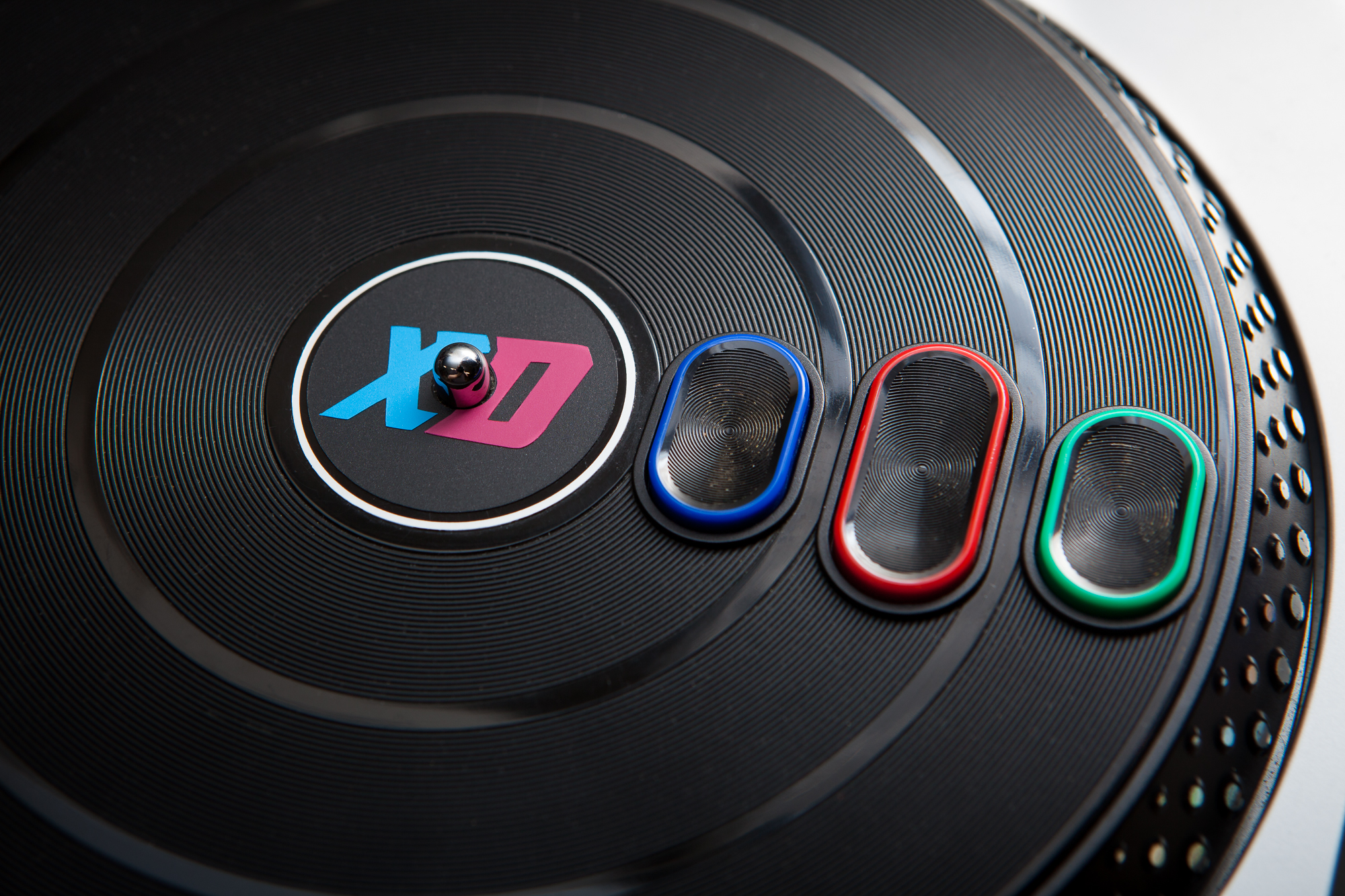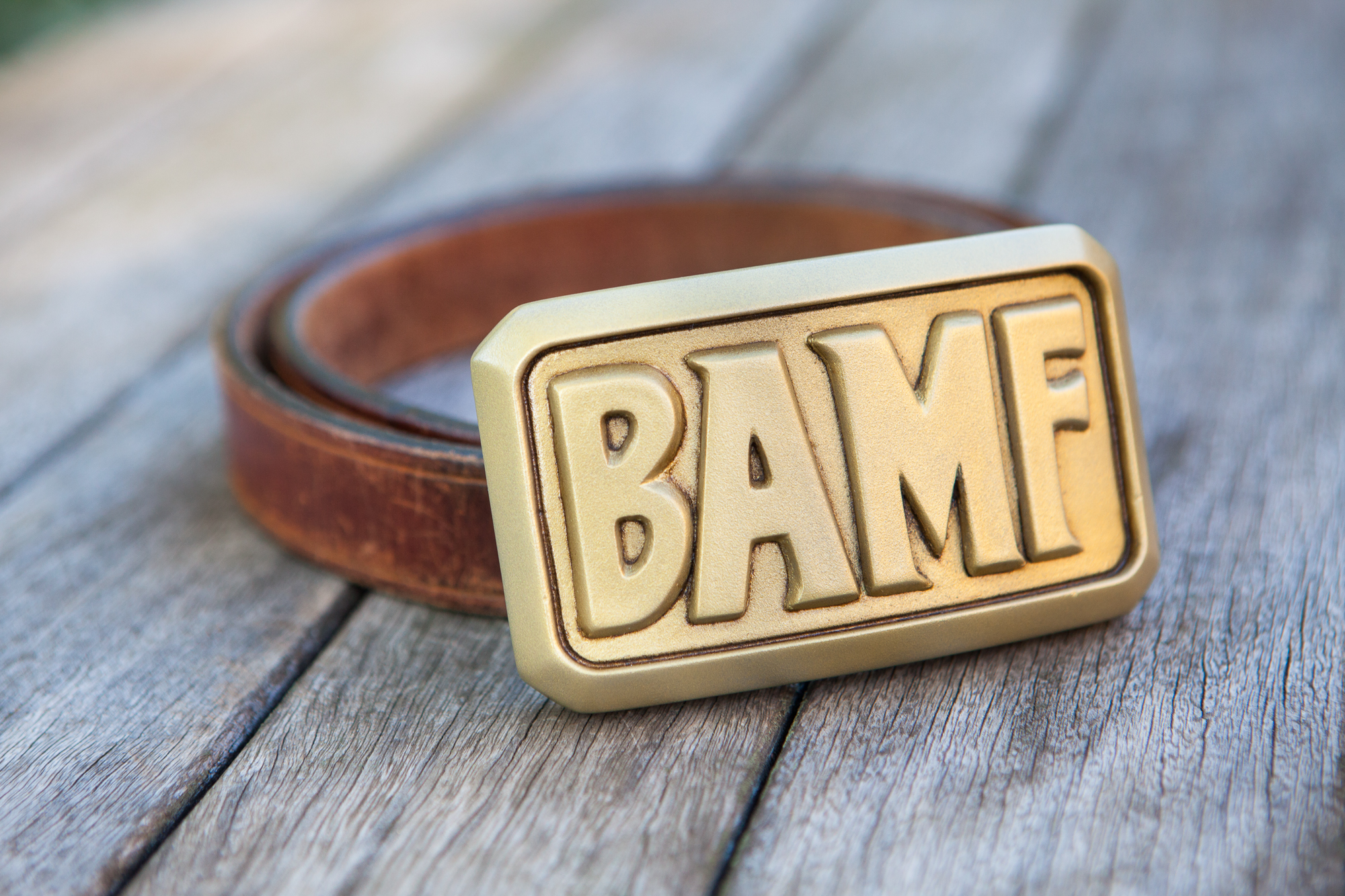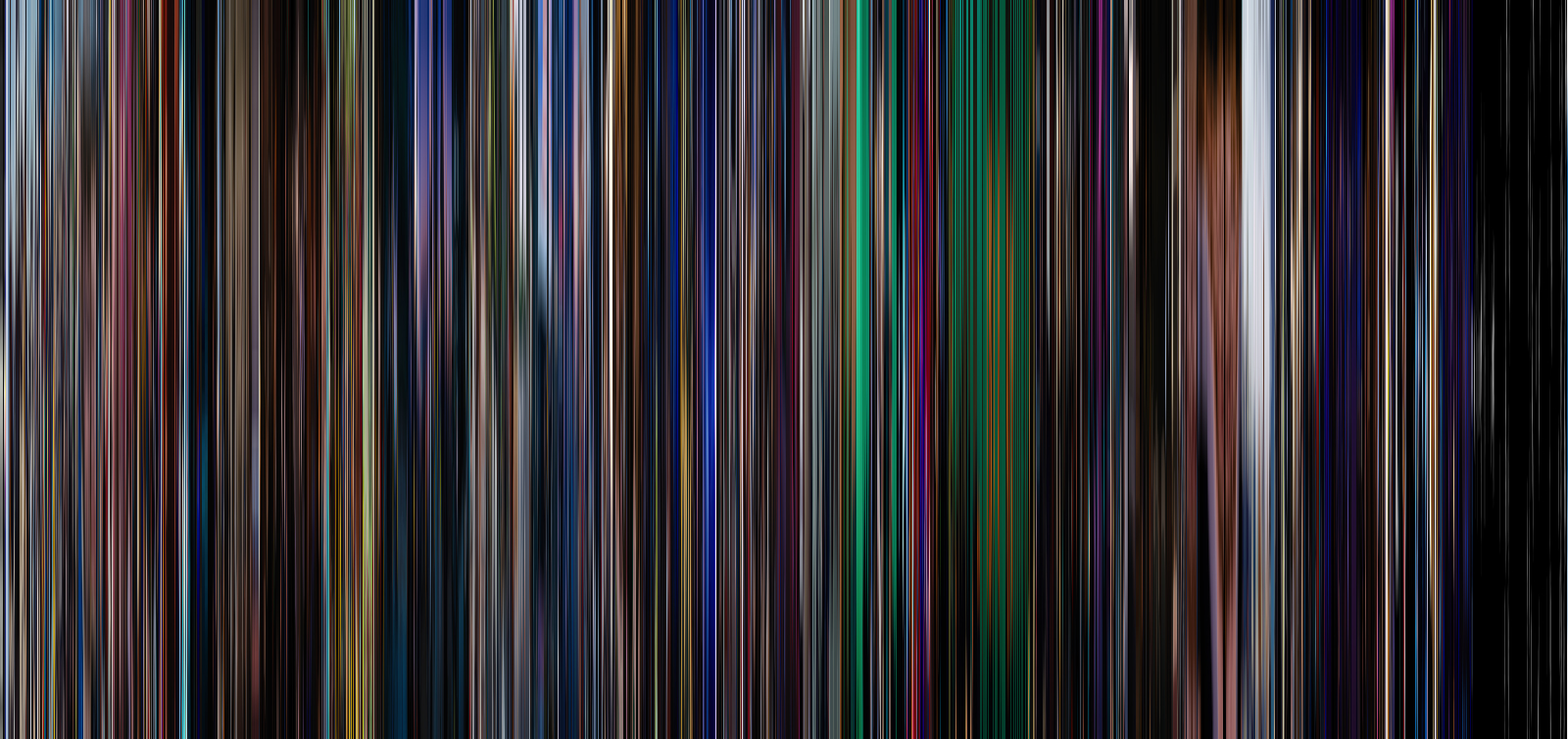Twitch Chat OwO Browser Extension
The news is currently very bleak. Just the pandemic alone is enough to make you want to never read the news again. Thankfully there’s a solution: “Bweaking NuwuS” (@BBCBweaking), a Twitter account that posts news stories passed through an “UwU” kaomoji filter to make them “cutesy”. The result is some serious dark comedy, with posts about corruption, sickness, and death translated into something exceedingly saccharine.
After reading a bit about the automation behind the news account, I thought it would be fun to do something similar and make a browser extension to convert Twitch chat into “OwO”-speak on the fly.
(more…)